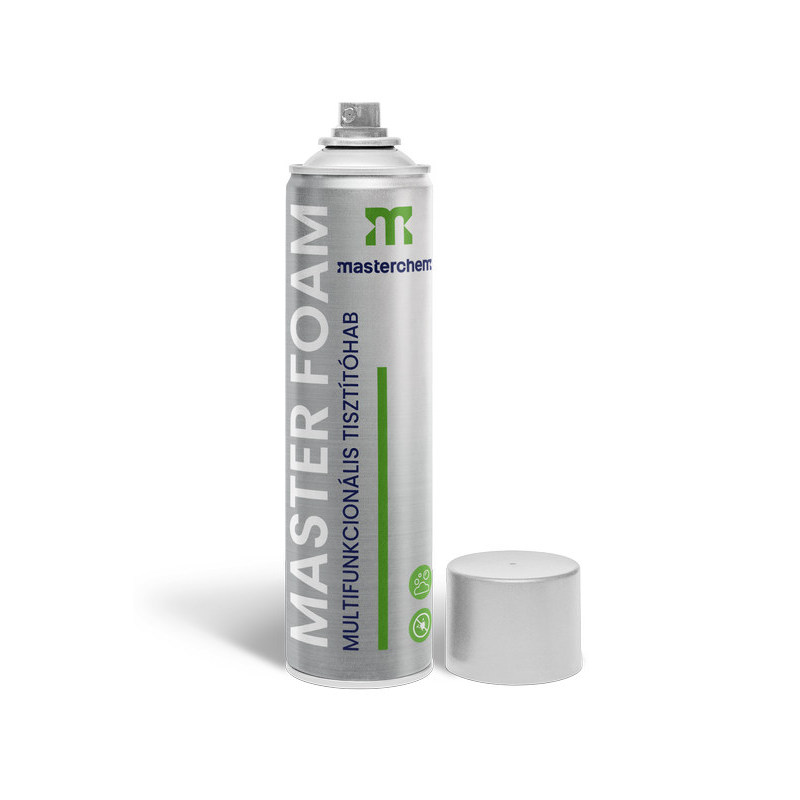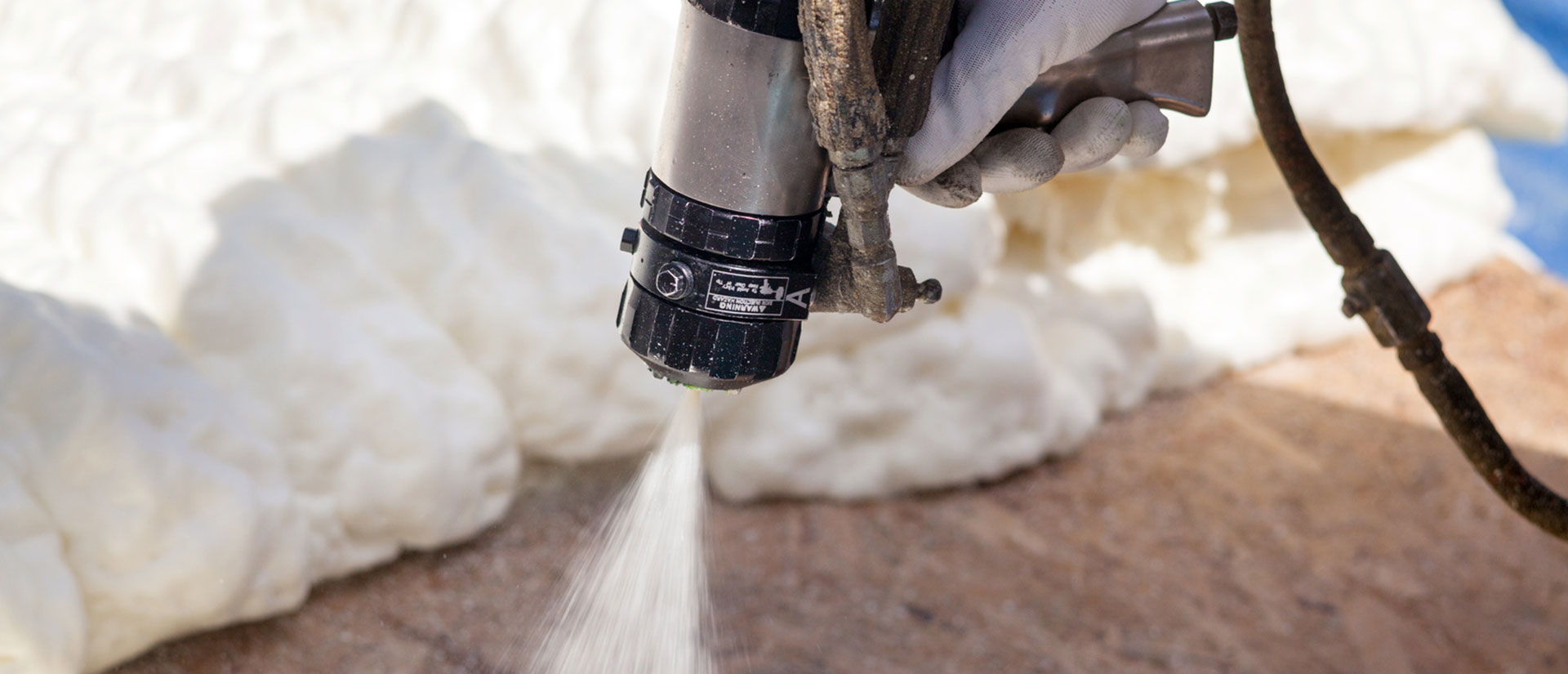Hey there, fellow home improvement enthusiasts! If you've ever wondered how to supercharge your insulation game and save big bucks on energy bills, you're about to discover the secret weapon: master spray foam. Yeah, that magical material that seals every nook and cranny like a superhero saving the day. But what exactly is this wonder material, and why should you care? Let’s dive in, shall we?
Picture this: your house is like a fortress, but instead of knights and warriors, it's guarded by insulation. And guess what? Not all insulation is created equal. That's where master spray foam steps in, ready to revolutionize the way you think about energy efficiency. Whether you're remodeling or building from scratch, this stuff is a game-changer.
Now, before we go all-in on the technical jargon, let me drop a quick spoiler: master spray foam isn't just for pros. Even if you're a DIY warrior, you can harness its power to create a home that's cozy, energy-efficient, and eco-friendly. Stick around, because we’re about to break it all down for you.
Read also:Mean Joe Greene The Legendary Nfl Player And His Impact On Football
What Exactly is Master Spray Foam?
Alright, let’s get nerdy for a sec. Master spray foam, or spray polyurethane foam (SPF), is a type of insulation material that’s applied as a liquid but expands into a dense, foam-like substance. Think of it as liquid magic that transforms into a superhero cape for your walls, ceilings, and floors. The best part? It doesn’t just insulate—it seals air leaks, too. That means no more drafts sneaking in and jacking up your heating and cooling bills.
There are two main types of spray foam: open-cell and closed-cell. Open-cell foam is lighter, more flexible, and great for soundproofing. Closed-cell foam, on the other hand, is denser, stronger, and offers superior insulation. Both have their pros and cons, but we’ll dig deeper into that later. For now, just know that master spray foam is like having a personal energy-saving assistant living in your walls.
Why Choose Master Spray Foam Over Other Insulation Options?
Let’s face it: there’s no shortage of insulation options out there. From fiberglass batts to cellulose, the market is flooded with choices. So, why should you pick master spray foam? Here’s the deal:
- Superior Insulation: Spray foam creates an airtight seal, preventing heat from escaping in the winter and keeping cool air inside during the summer.
- Air Sealing Magic: Unlike traditional insulation, spray foam fills every gap and crack, ensuring your home is as tight as a drum.
- Energy Savings: Studies show that homes with spray foam insulation can save up to 50% on energy bills. Cha-ching!
- Long-Lasting: Once installed, spray foam doesn’t degrade or settle like other materials, meaning it’ll keep working its magic for years.
But wait, there’s more! Spray foam is also eco-friendly, as it reduces energy consumption and doesn’t contain harmful chemicals. Plus, it’s resistant to mold and moisture, making it a top choice for humid climates.
Applications of Master Spray Foam
Now that we’ve established why master spray foam is the king of insulation, let’s talk about where you can use it. Spoiler alert: pretty much everywhere!
Homes: Whether you’re insulating your attic, basement, or crawl space, spray foam has got you covered. It’s perfect for sealing those hard-to-reach areas that traditional insulation just can’t handle.
Read also:Steven Defrancis Net Worth A Closer Look At The Life Career And Wealth Of A Remarkable Figure
Commercial Buildings: Businesses are catching on to the benefits of spray foam, too. From offices to warehouses, it’s a cost-effective way to improve energy efficiency and reduce operating costs.
Industrial Spaces: Need to insulate a massive warehouse or refrigerated storage unit? Spray foam is your go-to solution. Its ability to withstand extreme temperatures makes it ideal for industrial applications.
DIY Spray Foam Projects
Here’s some good news for all you DIY warriors: you don’t have to be a professional to use spray foam. While large-scale projects might require an expert touch, there are plenty of smaller jobs you can tackle yourself. Think garage doors, window gaps, and electrical outlets. All you need is a can of spray foam and a steady hand. Easy peasy, right?
Cost Considerations: Is Master Spray Foam Worth the Investment?
We get it—spray foam can be pricier upfront compared to traditional insulation. But here’s the kicker: it pays for itself in the long run. How, you ask? By slashing your energy bills and increasing your home’s value. Plus, many states offer tax incentives for using energy-efficient materials, so you might even get a little cash back.
Let’s break it down:
- Installation costs range from $1.50 to $3.00 per square foot, depending on the type of foam and the complexity of the job.
- Energy savings can add up to hundreds—or even thousands—of dollars over time.
- Increased property value is a major bonus, especially if you’re thinking of selling in the future.
So, while the initial investment might seem steep, the long-term benefits make it a no-brainer for anyone serious about energy efficiency.
Installation Process: What to Expect
Ready to take the plunge? Here’s what you can expect during the installation process:
- Site Prep: The area will be cleared of any obstructions, and protective coverings will be put in place to prevent overspray.
- Application: The spray foam is applied in layers, expanding to fill every nook and cranny.
- Curing: After application, the foam is left to cure for a set amount of time, usually a few hours.
- Trimming and Finishing: Any excess foam is trimmed away, and the area is cleaned up.
While DIY kits are available for smaller jobs, larger projects are best left to the professionals. Trust us—you’ll thank yourself later when everything looks perfect and works like a charm.
Tips for Finding the Right Installer
Not all installers are created equal, so it’s important to do your homework. Here are a few tips for finding the right pro:
- Look for certified installers with experience in spray foam.
- Check reviews and ask for references.
- Get multiple quotes to ensure you’re getting a fair price.
- Ask about warranties and guarantees.
Remember, the right installer can make all the difference in the success of your project. Don’t skimp on this step—it’s worth the extra effort.
Environmental Benefits of Master Spray Foam
We’ve already touched on how spray foam can save you money, but let’s talk about its eco-friendly side. In today’s world, being kind to the planet is more important than ever. Here’s how spray foam fits into the sustainability picture:
- Energy Efficiency: By reducing energy consumption, spray foam helps lower greenhouse gas emissions.
- Longevity: Unlike other insulation materials that degrade over time, spray foam lasts for decades, reducing the need for replacements.
- Recyclability: While spray foam itself isn’t recyclable, its long lifespan means fewer materials end up in landfills.
So, not only is spray foam good for your wallet, but it’s also good for the planet. Win-win, am I right?
Sustainability Trends in the Spray Foam Industry
The spray foam industry is constantly evolving, with new innovations focused on sustainability. Manufacturers are developing formulations that use renewable resources and reduce carbon footprints. Some even offer options with zero ozone-depleting chemicals. Keep an eye on these advancements—they could make spray foam even more eco-friendly in the future.
Common Myths About Master Spray Foam
There’s a lot of misinformation out there about spray foam, so let’s clear the air. Here are some common myths and the truth behind them:
- Myth: Spray foam is toxic and dangerous.
Truth: Once cured, spray foam is completely safe and inert. It doesn’t off-gas or pose any health risks. - Myth: It’s only for new construction.
Truth: Spray foam can be used in both new and existing buildings, making it a versatile option for any project. - Myth: It’s too expensive for the average homeowner.
Truth: While the upfront cost is higher, the long-term savings make it a worthwhile investment.
Now that we’ve debunked those myths, you can approach spray foam with confidence, knowing you’ve got the facts straight.
Conclusion: Why Master Spray Foam is the Future of Insulation
And there you have it, folks—a deep dive into the world of master spray foam. From its superior insulation properties to its eco-friendly benefits, it’s clear why this material is taking the industry by storm. Whether you’re a homeowner looking to save on energy bills or a business owner aiming to reduce operational costs, spray foam is the answer you’ve been searching for.
So, what are you waiting for? Take the first step toward transforming your insulation game. Share this article with your friends, leave a comment below, and let us know what you think. Together, we can create a world where every building is energy-efficient, sustainable, and downright awesome.
Table of Contents
- What Exactly is Master Spray Foam?
- Why Choose Master Spray Foam Over Other Insulation Options?
- Applications of Master Spray Foam
- DIY Spray Foam Projects
- Cost Considerations: Is Master Spray Foam Worth the Investment?
- Installation Process: What to Expect
- Tips for Finding the Right Installer
- Environmental Benefits of Master Spray Foam
- Sustainability Trends in the Spray Foam Industry
- Common Myths About Master Spray Foam


